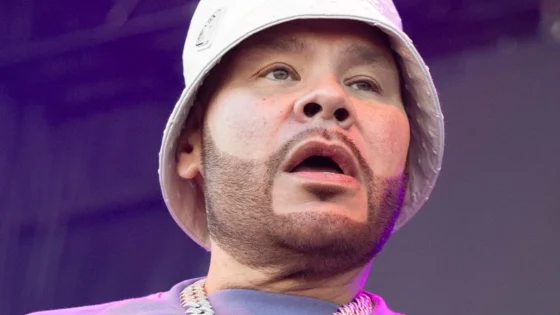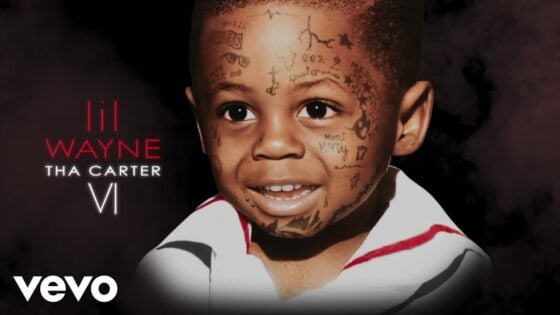Film
‘Daguerrotype’ Holds An Eerie Pose, But The Capture Is Fuzzy
‘Daguerrotype’ offers a visually haunting but ultimately lifeless ghost story.
One can only hold still for so long and remain lifelike; eventually prolonged stillness breaks down into affected attempts to preserve a moment or expression, and the resulting photograph captures more stilted pretense than natural intrigue. Such is the case with director Kiyoshi Kurosawa’s first film made outside Japan, Daguerrotype, a moody haunted-house story rich with atmosphere but muddled in plot and lacking in movement of any kind. Those who have the patience to soak in the carefully composed images presented will find some interesting moments to ponder, but others may find that a picture does indeed last longer — and in this case, perhaps a bit too infinite.
The mystery is propelled when a young out-of-work Parisian named Jean arrives at the home of Stephane, a respected photographer and “true artist” now looking for a new assistant. Stephane’s basement studio is home to an enormous daguerreotype camera, which he uses to take life-sized portraits in an effort to recreate antique imagery. His daughter Marie serves as the most recent model and muse, and to make sure she is able to remain motionless long enough for the process to take place, he straps her to a posable metal frame that looks suspiciously like a torture device. All goes well at first, as Jean learns the peculiarities of his new boss, but soon strange things begin happening that suggest a ghostly presence, one that haunts the man trying to preserve images in immortality, and possibly Jean himself.
While carefully measured, the first act of Daguerrotype sets the stage quite well, slowly peeling back just enough layers of mystery to engage audiences, but never losing control or sensationalizing the supernatural elements of the story. Kurosawa’s precise camera reveals only what it wants to, subtly hinting at clues that may or may not be important, and enforces a somber tone throughout, building tension through composition and a willingness to linger instead of cut away for cheap thrills.
The intricately constructed ambiance is compelling, but an unfocused, meandering eventually dilutes its effectiveness. Apparently a mere ghost story wasn’t enough, and so Daguerrotype tries to sustain intrigue by adding further elements, like a subplot involving a financial scheme, that come across as half-hearted, sapping purpose from creepy vibes and muddying the spooky tone. A romance also falls flat, given no time to breath and develop, as if trapped by the same restraints Stephane’s models are subjected to. Everything begins to feel staged, not so much a portrait of a haunting tale, but instead taking a cold, distant look at subjects Kurosawa isn’t quite sure how to position — and taking a very long time in trying to figure it out.
Still, there are moments of power here; an encounter in a greenhouse is terrifying in its paralysis, and a scene in an empty church strikes just the right note of understatement. Tension is often exquisitely built, even if it doesn’t quite pay off, and the air of bleakness permeating every frame constantly offers hopes that something Bad is about to happen. As a visual experience, Daguerrotype is mostly a success, and taken on these terms audiences can find some cinematic pleasure. The actors also do admirably, their stoicism fitting with the chilliness. Oliver Gourmet does an especially nice job in portraying the increasingly edgy Stephane, slowly descending into a madness that may not be so crazy after all.
Those looking for story in their pictures will most likely come up empty-handed, however. Daguerrotype inches forward as the long minutes needed for exposure tick by. Though stillness is a requirement for clarity in the fading art of this 19th century medium, some motion would have helped this pretty but lifeless capture actually stay focused, and possibly as a result get closer to the true work of immortal greatness it’s searching for.
*Daguerrotype release nationwide on VOD November 7th, 2017































